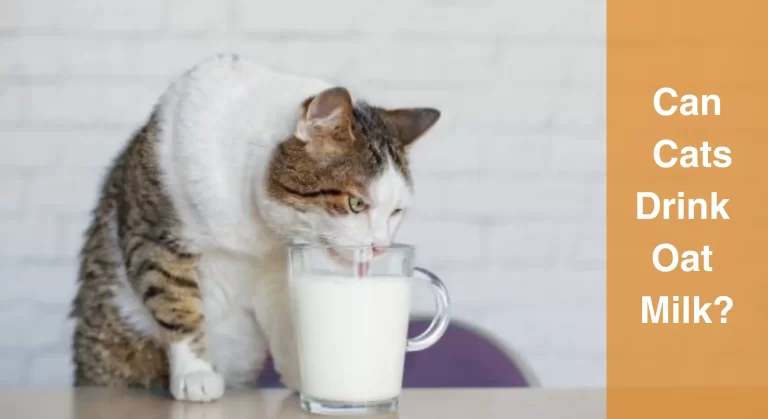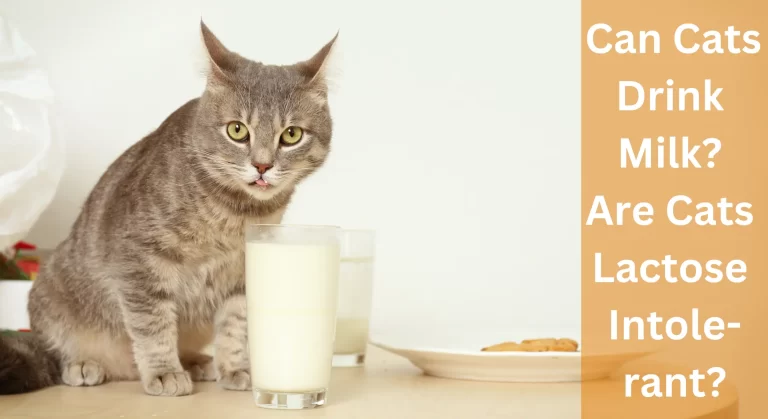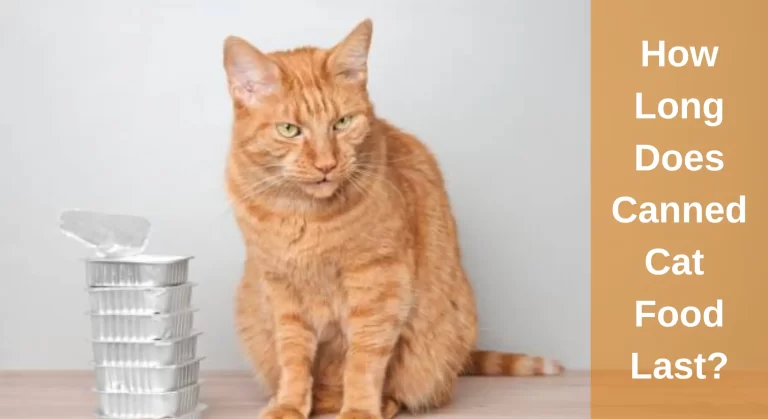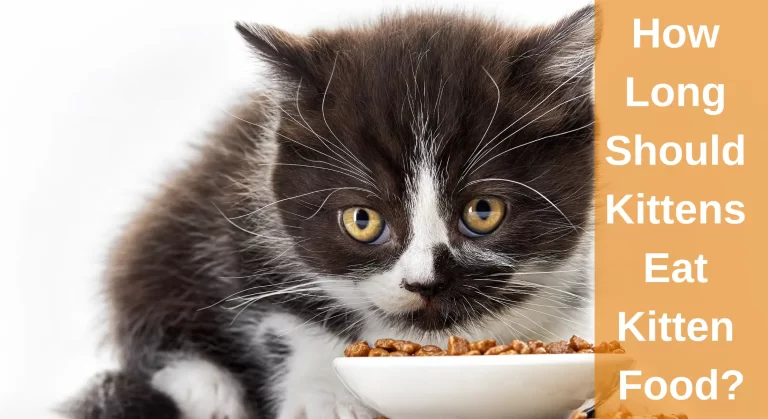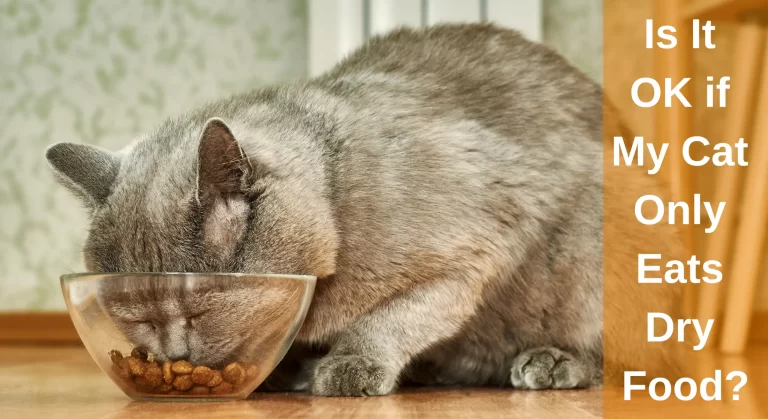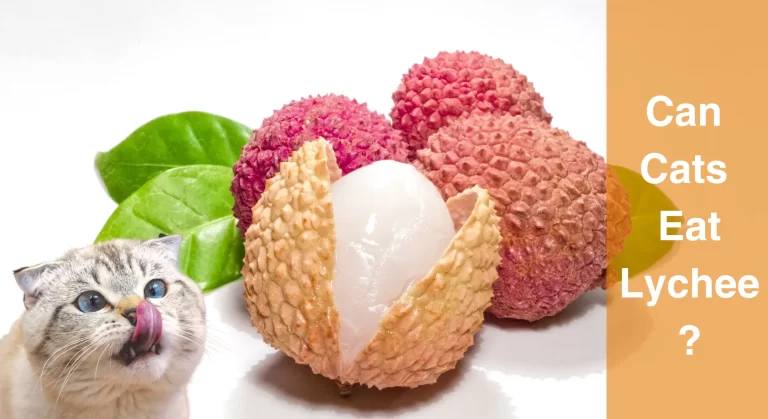Are Snapdragons Poisonous To Cats? What You Need To Know
Plants of the Antirrhinum genus are called dragon flowers or snapdragons because of their fancied resemblance to a dragon’s face that opens and shuts its mouth when laterally pressed.
The beauty of plants is not only aesthetic, but it may also benefit your health. However, if you have a cat, you should proceed with care before planting a beautiful flower garden. Many beautiful flowers are available, but not everyone is cat-safe. First, ensure that the plants you choose are not poisonous and cat is not allergic to them. So, are snapdragons poisonous to cats?
ASPCA claims that snapdragons are non-toxic and do not poison cats or kittens. Snapdragon can cause vomiting if a cat chews or eats it excessively, but this should not be a cause for concern.
After reading this article, you will learn exciting facts about snapdragon plants and their effects on pet animals. So, let’s start!
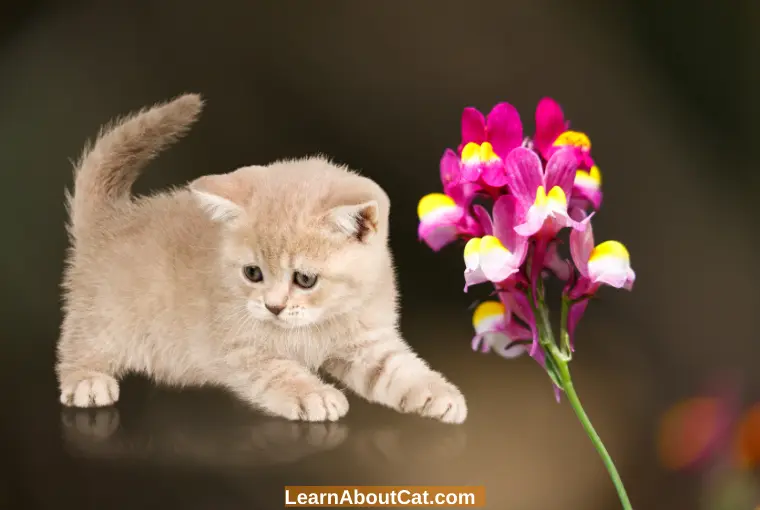
What Are Snapdragons?
The flower’s name comes from its form, similar to a dragon’s snout. Snapdragons flourish throughout the winter. You’ll see blossoms in various hues as soon as fall or spring arrives. The bloom grows from the stalk’s base to its top, bursting into colour.
It is a well-liked annual flower that is a favourite perennial garden flower with a short lifespan. It is a perennial favourite in many flower gardens, particularly in patio planters and flower boxes.
Check Out: Are Marigolds Poisonous To Cats?
Can Cats Eat Snapdragons?
Yes, cats can eat snapdragons without any problems. The University of California reports that Snapdragons are not poisonous to cats or dogs and are safe for children as well. You can unwind knowing they are safe.
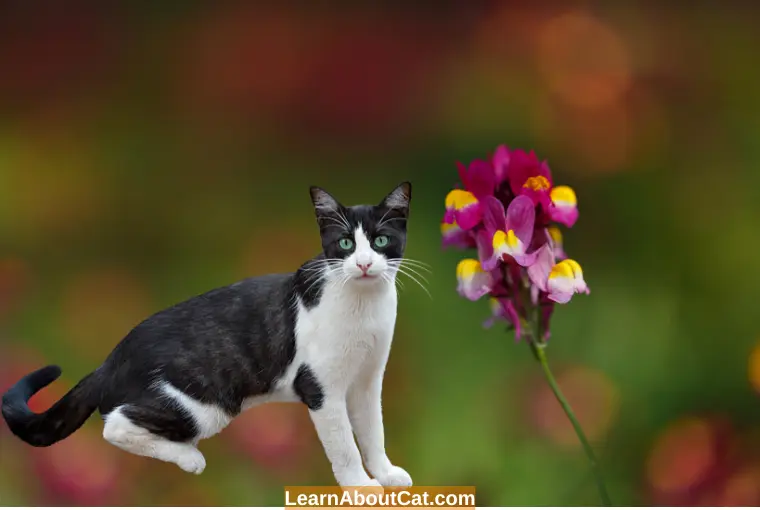
By “safe,” we mean that you are not preparing snapdragon tea or using any of its components as a herbal remedy. Your cat won’t suffer harm if he rolls about with, eats, or licks the snapdragon.
Even though the flower is healthy in and of itself, the soil you choose might have catastrophic effects.
Also, Check Out: Can Cats Eat Phlox?
Are Snapdragons Poisonous To Cats?
According to ASPCA, these are safe for kittens and adults and are non-toxic to dogs and cats. Therefore, don’t get alarmed if your cat or dog begins to nibble on your grounded snapdragons or if it accidentally comes across them while out for a morning walk.
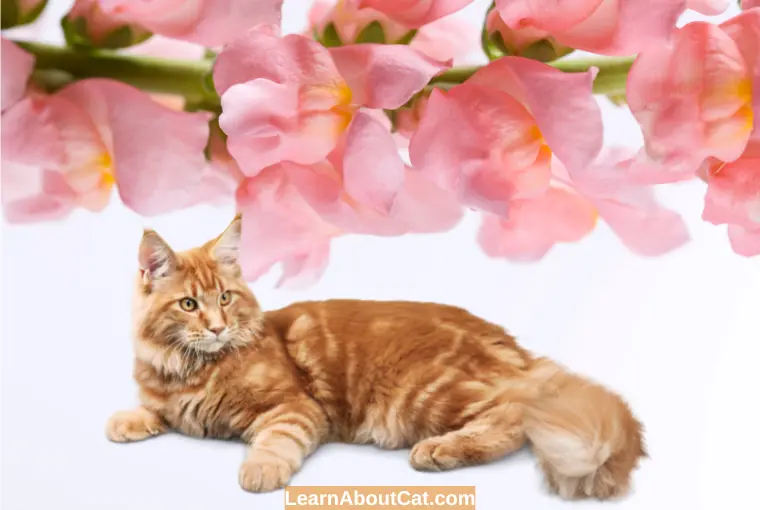
However, some people may respond differently to snapdragons due to allergies or sensitive skin. You will likely experience skin irritation, such as a rash or red, itchy regions.
Symptoms of Snapdragon Poisoning in Cats
Snapdragons do not poison pets because they are non-toxic. However, ingesting large volumes of snapdragons can cause a cat’s stomach upset or cause vomiting.
Consult a veterinarian or call the pet poison helpline whenever you suspect poisoning in your pet.
Find Out: Are Bromeliads Poisonous To Cats?
Preventing Snapdragon Poisoning in Cats
Snapdragons cannot poison pets since they are non-toxic. The plant can, however, be poisoned by chemical fertilisers or pesticides. Using physical barriers or fences, you can keep pets away from your garden if you apply chemicals.
You can also use physical barriers to prevent pets and children from trampling on your garden.
Are Snapdragons Pet-Friendly?
Snapdragons are pet-friendly, according to the ASPCA. A variety of houseplants may harm cats. Other safe plants are also available that are suitable for keeping while having cats. It’s a pretty flowering plant that usually poses little or no threat to any animals.
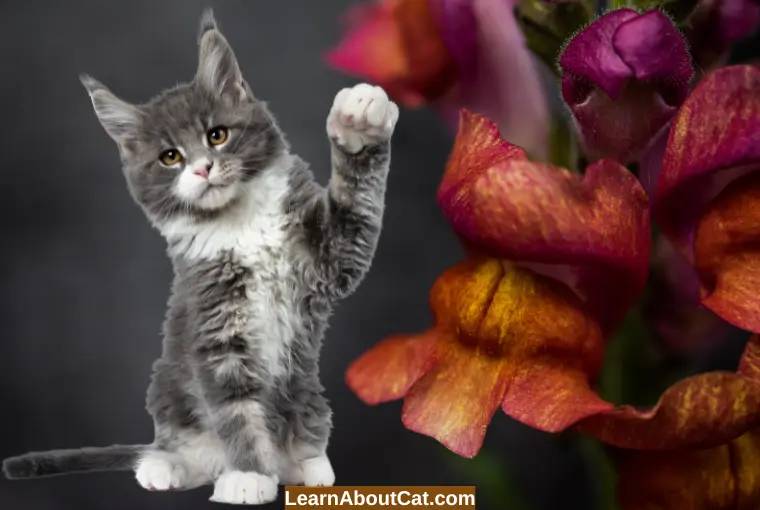
Several plants harm cats and dogs; however, snapdragons are not one of them.
This annual may be found as a blossoming houseplant in the centre of cat territory and in flower beds and window boxes. Various plants can poison cats, although blooming plants are the most common.
Since snapdragons don’t discharge toxic compounds, cats are unaffected by them. However, eating too many leaves might not be suitable for them.
To enhance the aesthetic attractiveness of the decor, you may keep them at home.
There are very few plants that are risk-free for all cats. This plant has no toxins and poses no severe threats to cats. Therefore cats may eat any part or any variety of it without any issues. Numerous studies have demonstrated it pet-friendly plant.
Also Read: Are Roses Poisonous to Cats?
How To Keep Cats Away From Snapdragons?
The following suggestions may be helpful: –
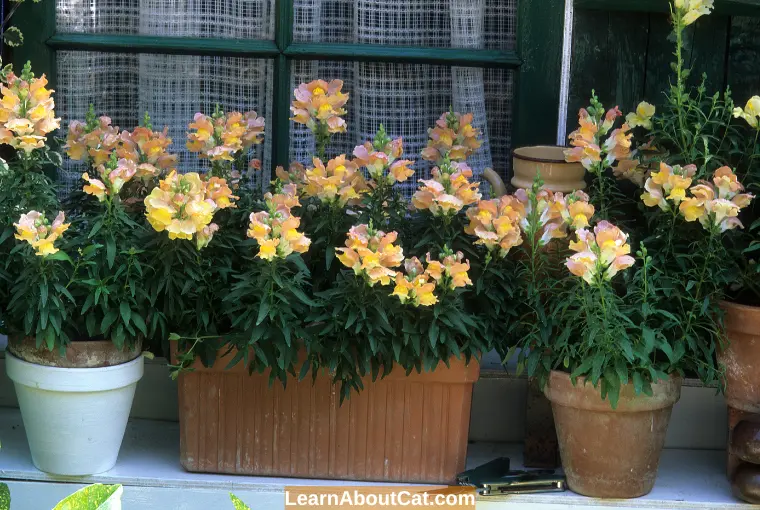
1. Make them Annoying
Certain odours, textures, and sounds discourage cats from snooping into plants. Cover the earth and container with aluminium foil to keep cats from digging. It should be less probable for cats to scratch the pot if it is covered in double-sided sticky tape.
Plants with unpleasant tastes or smells will repel cats. Because cats dislike citrus, citrus rinds can be used to line the soil to deter cats.
2. Make Them Inaccessible
The most straightforward action is to move the plants far away from cats. High above is the finest perspective point.
Ample, heavy plants may demand their place in homes with little natural light or wall space, which will almost certainly call for more inventive solutions.
A physical barrier can also be used as a simple means of preventing cats from accessing plants. Cats will frequently cease digging if the ground is covered with stones. Cats who chew and scratch may require a little more encouragement.
3. Give kitties their Plant
Giving your cats their plants will stop them from devouring yours, despite the seeming contradiction. A cat may occasionally consume grass for its fibre content.
Pre-mixed seed packages are sold in pet stores labelled “cat grass” or “pet grass.” This pet grass kit includes wheat, oats, rye, barley, and flaxseed.
Keeping catnip or cat grass away from your indoor plants is an excellent choice for your cat.
4. Keep them Engaged
It’s conceivable that bored cats are harming your plants. If you can, give them interactive puzzle toys.
To satiate your cat’s basic hunting instincts, fill it with cat food and conceal it. With an empty toilet paper roll, you can make your cat toys.
If your cat doesn’t seem to be interested in new toys, think about applying pheromone spray to encourage the use of the enrichment items. Your cats will only be as likely to search for mischief if they have enough mental activity.
What is Special About Snapdragons?
Snapdragons are not only non-lethal but also incredibly beautiful and helpful for various purposes, such as centrepieces, home decor, garden decorations, and more.
There are a few other applications where Snapdragons work best.
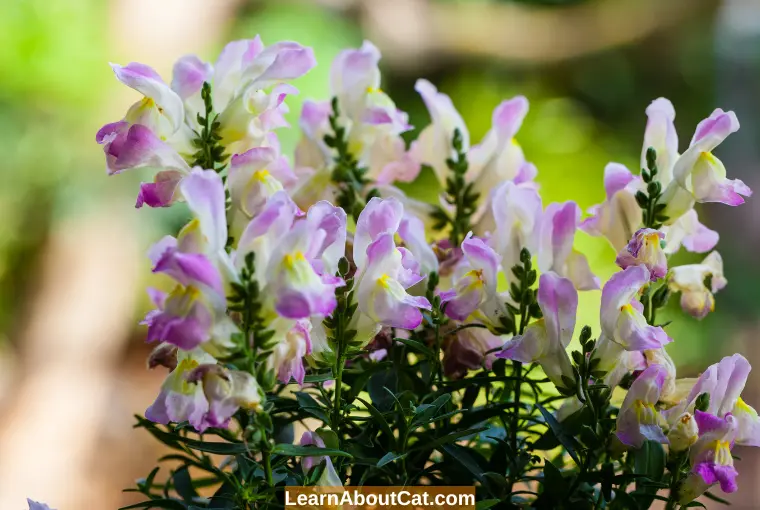
1. Medical
The plant can be used to cure inflammation and haemorrhoids. A snapdragon extract can occasionally be found in the middle notes of seductive perfumes.
A wide range of symptoms and diseases have been treated with snapdragon’s flowers and leaves, including watery eyes, gum disease, haemorrhoids, ulcers, liver disorders, and tumours.
2. Cooking
Slice the blossoms of snapdragons because they are tasty. Although it could have a better flavour, you should know that it may improve other meals and create an excellent dessert garnish. Snapdragon plants can also include in beverages or salads.
Plants that are Poisonous to Cats
Veterinarians advise against allowing cats access to the following flowers. Remember that there is a chance of injury from interacting with this or other cat-toxic flowers.
The ASPCA Animal Poison Control Centre describes what they are and can accomplish. Inform patients, potential adopters, and the broader public about this possibly life-saving information.
Cats shouldn’t be around the following flowers:
- Lilies (daylilies, Mauna Loa Peace Lily, The lily of the valley)
- Hydrangeas Kalanchoe Azaleas
- Tulips
- Daffodils
- Tulips oleander
- Chrysanthemums
- Marijuana
- Yew tree
- Amaryllis,
- Autumn,
- crocus,
- Narcissus bulbs
- Sago palm
- English ivy
- Rhododendron
- Azalea Oleander
- Bean-castor Cyclamen
- Kalanchoe
Frequently Asked Question
Can cats eat snapdragon flowers?
Yes, it is safe for your feline buddies. They do not pose any serious threat to cats’ health. Vomiting can happen if a cat over-chews or consumes snapdragons, but there is no need for fear.
Is Dragons breath toxic to pets?
The ASPCA lists celosia as non-toxic to cats and dogs. Celosia is also called dragon’s breath. It is often used in bouquets and floral arrangements for its beauty and uniqueness. The plant is not toxic to cats, but caution should be exercised when handling and storing it.
Wrap Up!
Because they are non-toxic, they pose no risk to animals. However, harmful fertilisers and insecticides can be used on the plant. If you use pesticides on your plants, use physical barriers or fences to keep pets out of your garden. You may also use physical barriers to keep kids’ and pets’ paws off your garden to prevent damage or trampling.
In addition to being attractive and colourful, snapdragons are perfectly safe for your cat. So go ahead and use these blossoms to add colour to your garden while knowing that nothing will harm your cat.
Related Posts:
Who is Isabella?
My name is Isabella, and I am a dedicated and knowledgeable cat enthusiast. With years of experience caring for cats and a deep love for felines, I made a mission to help other cat lovers navigate the challenges of cat ownership.

